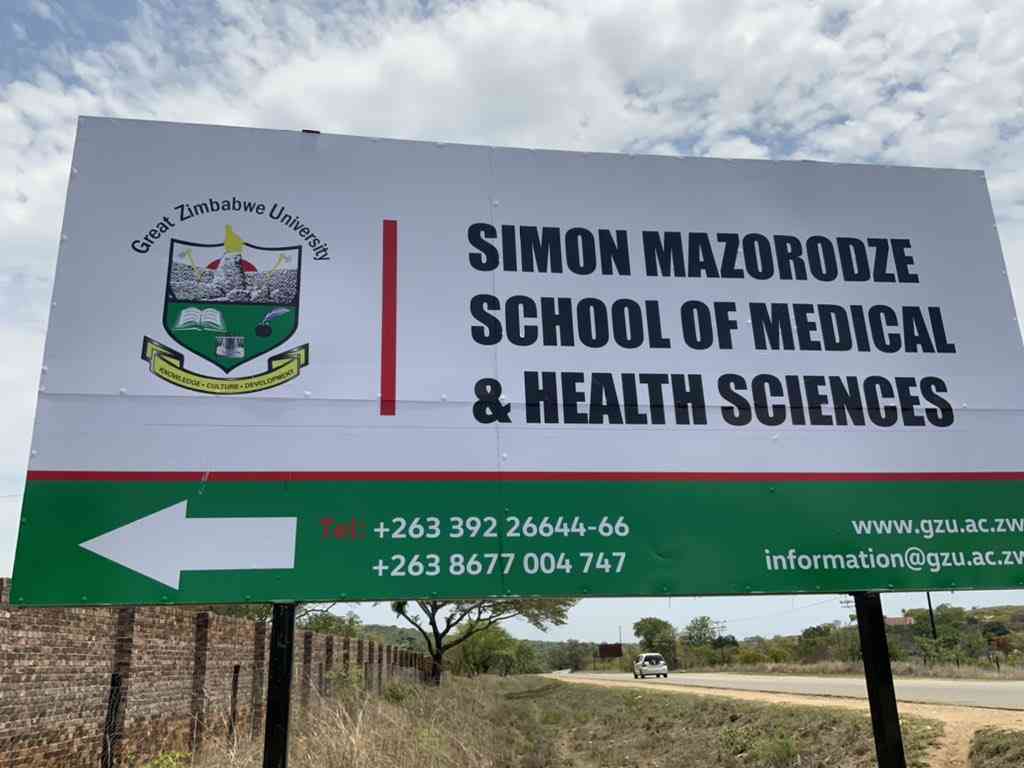
In 2025, immigration to the USA remains an important pathway for Zimbabweans seeking economic stability and opportunity amid persistent challenges at home. With an estimated 120,000 Zimbabweans living in the US, the diaspora navigates a complex landscape shaped by tightened US immigration policies under the Trump administration. Economic hardships, including Zimbabwe's prolonged lean season and unemployment rates above 50 percent, are driving migration, while remittances and diaspora contributions are bolstering Zimbabwe's economy. This article explores how migration to the US in 2025 will shape Zimbabwean communities, detailing opportunities, challenges, and the transformative role of the diaspora, supported by expert insights and data.
Historical Context
Zimbabwean migration to the U.S. surged in the early 2000s due to economic collapse and political turmoil. The Migration Policy Institute notes that 60,000 Zimbabweans were living in the U.S. in 2010, a number that is now closer to 120,000. The U.S. Diversity Visa Lottery, which awards about 2,000 green cards annually to Zimbabweans, remains a key entry point, although stricter vetting in 2025 makes access more difficult. Recent economic crises, including a 2024 drought that affected 70% of Zimbabwe's agriculture, have increased migration pressures, with 84% of emigrants citing employment needs. This context explains why immigration to the US is a lifeline for many.
Economic Opportunities
Immigration to the U.S. offers Zimbabweans access to diverse economic prospects. In 2025, Zimbabweans are thriving in healthcare, IT, and education, with nurses in states like New York earning a median salary of $85,000 annually, according to the U.S. Bureau of Labor Statistics. Remittances remain vital, with the World Bank projecting that Zimbabwe will receive $1.8 billion in remittances by 2024, a significant portion of which will come from the United States. These funds support 30% of rural households and fund education and health care in regions such as Manicaland.
Entrepreneurship is thriving, with Zimbabwean immigrants launching ventures such as food trucks in Chicago and fintech startups in Boston. For example, ZimbEx, a payments platform launched in 2025, uses blockchain to simplify money transfers and reduce fees by 20 percent. Such initiatives highlight how immigration to the US drives economic innovation for both nations.
Social and Cultural Integration
Integrating into American society is a challenge for Zimbabwean immigrants, especially in the polarized climate of 2025. While Zimbabwe's 95% literacy rate facilitates communication, cultural differences-such as American individualism versus Zimbabwe's ubuntu philosophy-create tension. Second-generation Zimbabweans, especially in urban centers like Atlanta, often struggle to balance their heritage with their American identity.
- I rejected Zanu PF scarf: Burna Boy
- NMB workers take on employer
- Byo Chiefs, Gem Boys share spoils
- Mbavara eyes to resurrect Matavire’s music legacy
Keep Reading
Community groups like the Zimbabwe Diaspora Association of Texas organize cultural festivals featuring mbira music and sadza, fostering a sense of belonging. However, anti-immigrant sentiment, amplified by 2025's enforcement-focused policies, is reinforcing social barriers. Dr. Memory Moyo, a cultural anthropologist, observes, "Zimbabweans in the U.S. are building resilient networks, but rising xenophobia is testing their integration."
Legal and Political Challenges
In 2025, immigration to the U.S.faces stringent legal hurdles. Trump administration policies, including the Laken Riley Act, allow border agents to detain migrants without a court order, increasing the risk of deportation. U.S. Immigration and Customs Enforcement (ICE) reports 545 Zimbabweans awaiting deportation, many of whom are not detained but have final orders. Tightened H-1B visa rules and social media screening for "anti-Semitic activity" further restrict legal avenues.
Visa costs, often exceeding $1,500, and processing delays of 7-12 years for family-based petitions burden Zimbabweans. The lack of Temporary Protected Status (TPS) for Zimbabweans, despite advocacy, leaves many vulnerable. The Zimbabwean government's support for U.S. deportations, as stated by President Mnangagwa, complicates diaspora advocacy.
Diaspora Contributions
The Zimbabwean diaspora in the U.S. is driving transformative change. In 2024, diaspora investment in Zimbabwe's real estate and agriculture sectors exceeds $300 million, with US-based Zimbabweans leading projects in Harare's solar energy sector. Philanthropy remains strong, with the Zimbabwe Diaspora Network USA funding 10 rural schools in 2025, impacting 5,000 students.
Technology is a game changer. U.S.-based Zimbabwean engineers are contributing to AI-driven platforms like ZimLearn, launched in 2025, which provides virtual mentorship to Zimbabwean students. Cultural contributions, such as actress Danai Gurira's advocacy for African storytelling, elevate Zimbabwe's global presence. These efforts underscore the diaspora's role as a bridge between Zimbabwe and the United States.
Gender Dynamics
Immigration to the US in 2025 affects Zimbabwean women and men differently. Women, who make up 48% of migrants, dominate caregiving roles, earning $30,000-$50,000 annually, compared to men in technology or construction, who average $60,000. Workplace harassment and visa dependency exacerbate women's challenges, according to a 2025 report by the International Organization for Migration.
However, women are empowered through education and leadership, with programs like the Zimbabwe Women's Network in California supporting female entrepreneurs. Men are pressured to remit higher amounts, which takes a toll on their mental health amid fears of deportation in 2025. Gender-sensitive policies, such as expedited work permits, could address these disparities.
Expert Insights
Dr. Farai Maguwu, a migration expert at the University of the Great Zimbabwe, warns, "The U.S. deportation policy in 2025 risks destabilizing Zimbabwe's economy, as remittances drop by 15% when migrants are deported." He calls for bilateral agreements to protect legal migrants. New York-based diaspora leader Sandra Chiweshe emphasizes technology: "Our AI startups are revolutionizing remittances, but policy barriers limit scale." These perspectives highlight the need for strategic engagement to maximize diaspora benefits.
Future implications
Looking ahead, climate change will drive migration, with the UN predicting 250,000 Zimbabweans will be displaced by 2030 due to drought. U.S. policies, such as potential TPS inclusion, could ease legal pressures, but only 15% of diaspora professionals plan to return permanently, according to a 2025 Zimbabwe Migration Network survey. Virtual platforms such as ZimConnect that enable remote collaboration offer a solution, with 2,000 U.S.-based Zimbabweans mentoring local entrepreneurs by 2025.
Zimbabwe's government needs to incentivize diaspora engagement through tax breaks and investment programs to counter brain drain, as 75% of skilled migrants leave the country by age 35. Cooperation with the U.S. on legal migration pathways could stabilize both economies.
Conclusion
In 2025, immigration to the US shapes Zimbabwean communities through economic opportunities, cultural resilience, and significant challenges. The diaspora's $1.8 billion in remittances, technological innovation, and philanthropy demonstrate its vital role, but deportation risks and visa barriers threaten progress. As Dr. Maguwu notes, "Harnessing the diaspora requires bold policies, not rhetoric." By fostering bilateral cooperation and leveraging technology, Zimbabwe and its U.S.-based citizens can build a sustainable future and inspire Newsday Zimbabwe's readers with stories of perseverance and impact.










